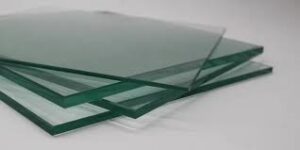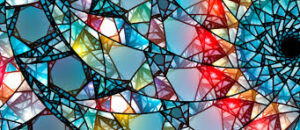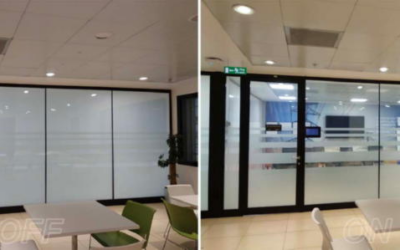Glass: transparent material with infinite applications

Glass is a transparent solid material made mainly from sand (silicon dioxide), and is one of the oldest materials used by man in his daily life. Its manufacture has evolved through the ages to include many shapes and types that meet different needs, from decorations to advanced technology.

Glass is produced by heating sand with other materials such as sodium carbonate and limestone at high temperatures of about 1700 °C. When cooled quickly, it turns into an amorphous solid, which gives it its unique properties such as transparency, hardness, and resistance to chemical corrosion.

The uses of glass vary greatly, it is used in the manufacture of windows, household utensils, optical glass, electronic device screens, and even in solar cells and optical fibers used in Internet networks.

In addition, the properties of glass can be modified by adding certain metals or chemicals, such as heat-resistant glass or anti-shatter glass. There are also types of smart glass that can change its transparency depending on lighting or heat.

Bottom line, glass is not just a transparent material that we use in windows, but an essential element in the progress of technology and architecture, and will continue to play an important role in the future.
